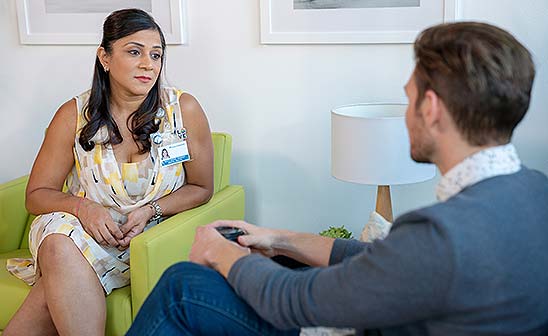Evidence-based medicine has gone global.

Craig Robbins, MD, a member of the G-I-N board of trustees and physician lead for the Kaiser Permanente National Guideline Program, assisted in planning the conference. The theme of this year’s conference was “Integrating Evidence into Practice: Strategies for the Future.” I spoke with Dr. Robbins to discuss some of these themes.
Ben Wheatley:
Dr. Robbins, could you describe what is meant by the term evidence-based medicine?
Craig Robbins:
In a 1996 British Medical Journal article, Dr. David Sackett of McMaster University (Ontario, Canada) gave us the classic definition of evidence-based medicine as “…the conscientious, explicit, and judicious use of current best evidence in making decisions about the care of individual patients.”
BW:
How did the evidence-based movement come about?
CR:
During the 1990s, physicians were increasingly challenged in keeping up-to-date with the growing medical literature. There were (and continue to be) simply too many articles published every week, month, and year for an individual doctor to stay on top of them. There were calls to promote more evidence-based practice by summarizing the medical literature for doctors and providing clinical recommendations supported by research studies.
BW:
There’s a saying in health care that it takes 17 years for research findings to make it into mainstream clinical practice. Is that true and why so long?
CR:
There are legitimate reasons for delays to occur in between the time of research publication and the full adoption of new clinical recommendations. It’s important to understand that research studies provide only estimates of treatment effects. No treatment is 100 percent effective or 100 percent safe. There are always tradeoffs between potential benefits and potential harms that have to be considered.
When we make clinical recommendations in Kaiser Permanente National Guidelines, we take into consideration the quality of the available evidence, our best estimate of the balance between benefits and harms, and patient values and preferences. It’s a complex process that can take time. The beauty of being involved in guideline work at Kaiser Permanente is that we have a delivery system waiting to take our recommendations and implement them through our clinical processes and our electronic medical record. So at Kaiser Permanente, we certainly do not have a 17-year delay from research to practice.
To read more about how Kaiser Permanente uses research evidence in developing its guidelines for clinical care, you can check out the recently published policy story available on the website for the health organization’s Institute for Health Policy.



